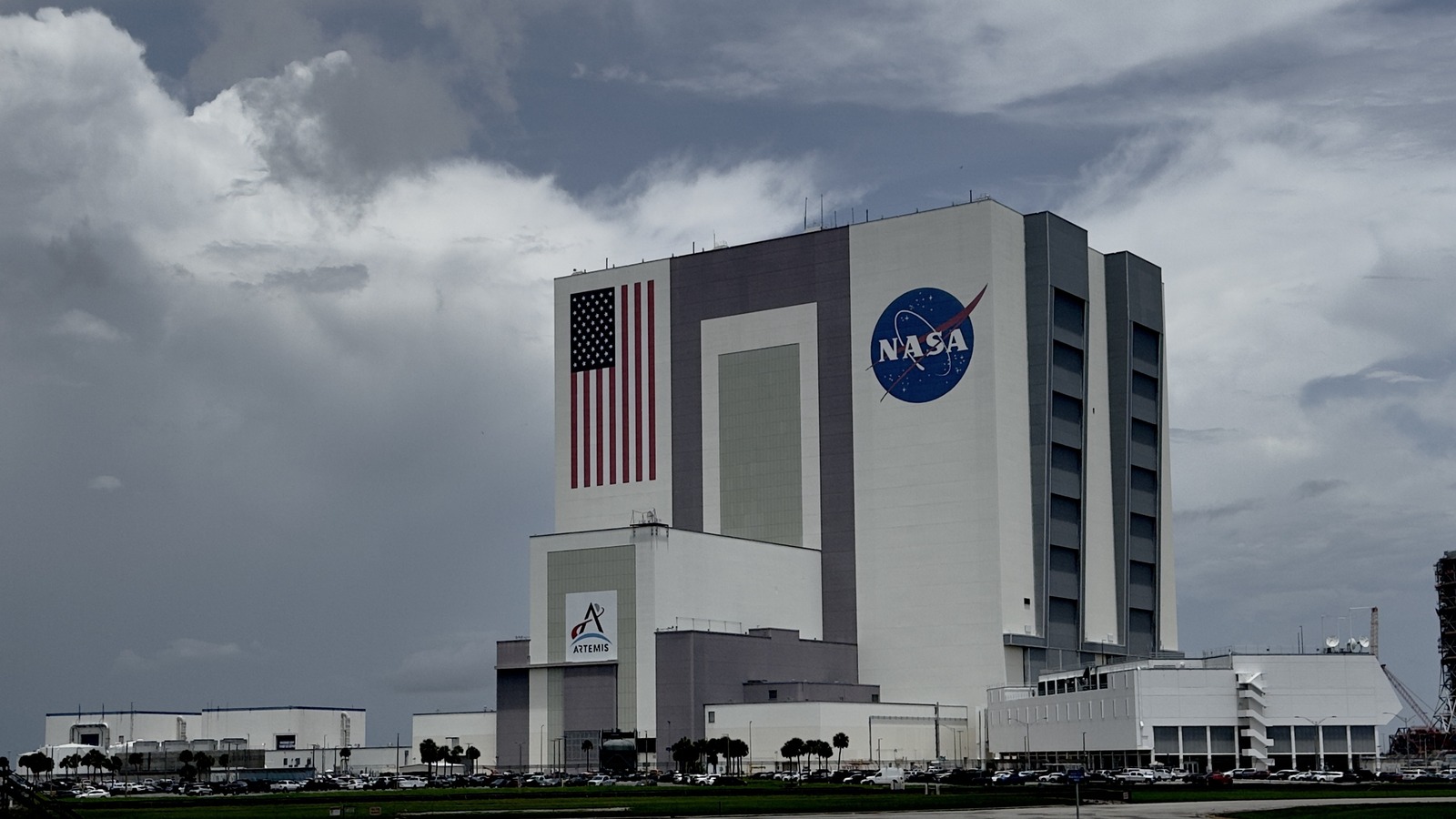NASA Team Studies Pollutants' Effect on Arctic Climate Change
A NASA-led team completedApril 21 the first of two planned field studies using airborne and space-basedsensors to collect data that will help scientists better understand the impactof atmospheric pollutants on the Arctic's climate. Although analysis of thedata has just begun, an initial finding is that fossil-fuel emissions thataccumulate in the Arctic atmosphere come from all over the globe, according toscientists involved in the effort.
The Arctic has become anattractive region for scientific research as worldwide awareness of globalclimate change has increased in recent years. The growing body of research on climate changecontinues to show the planet's polar regions are undergoing the most rapidchanges.
The Arctic Research ofthe Composition of the Troposphere from Aircraft and Satellites (ARCTAS)program is the most recent in a series of NASA field campaigns that have beenstudying atmospheric chemistry for two decades. The ARCTAS mission is part ofthe International Polar Year, an international collaboration involving morethan 60 nations and 200 programs to study the Arctic and Antarctic regions. TheU.S. Department of Energy and the National Oceanic and AtmosphericAdministration also are contributing to the mission.
While much atmosphericresearch is dedicated to the long-term effects that carbon dioxide and otherso-called greenhouse gases have on the atmosphere, the goal of ARCTAS is tounderstand how pollutants that remain in the atmosphere for a short time affectthe Arctic climate. The two field studies are focused on two differentpollutants: those generated from the burning of fossil fuels and thosegenerated by the Arctic's summertime forest fires.
Using three heavilyinstrumented NASA planes in concert with data from six Earth-observingsatellites, the ARCTAS team spent three weeks in Fairbanks, Alaska, studyingfossil-fuel pollutantsin the lower 12 kilometers of the atmosphere. The second part of the missionwill take place this summer in Alberta, Canada, where the team will use thesame methods to study the effects of pollutants generated by the seasonalforest fires in the Arctic.
The ARCTAS program will costaround $11 million this year and the team will spend another $5 million to $6million in each of the next several years to analyze the data, Jim Crawford,NASA's ARCTAS program manager, said in a May 7 interview.
Since the Arctic is relatively unpopulated, it is known that most of the fossil-fuel pollutants foundthere came from lower latitudes. The spring is the best time to studypollutants there because the lack of sunlight during the winter allows them toaccumulate the most, creating a phenomenon called Arctic haze.
Breaking space news, the latest updates on rocket launches, skywatching events and more!
Pollutants have an effecton the temperature of the atmosphere. Some particles, like sulfate, reflect alarge amount of the sun's energy, creating a cooling effect on the atmosphere.Other particles, like the black carbon spewed by diesel trucks, absorb much ofthat energy and have a warming effect.
Other emissions found inthe Arctic atmosphere, including ozone, methane, nitrogen oxides and watervapor, lie somewhere in between and only add to the complexity of the research.Because so many types of pollutants are created when fossil fuels are burned,understanding the net gain or loss of atmospheric heat is very difficult,Crawford said.
"We're looking atmore short-term impacts of burning fossil fuels," Crawford said. "Carbondioxide alone is important, but it's not a complete picture. The[Intergovernmental Panel on Climate Change] is even more certain of the effectsof tropospheric ozone and particulate in the atmosphere."
The team is still in theprocess of validating its data and is not yet ready to present its findings.Eventually the data will be used to verify and improve climate change models.The one finding the team is certain of is pollutants found in the Arctic originate from every region of the planet and no single location appears to be thelone culprit.
"There is adisagreement about whether it is the fires in the Arctic or pollutants fromother regions that are having the most fundamental impact," Crawford said."I don't personally have a hypothesis. I just want to see what thoseimpacts are."
Hanwant Singh, NASA'slead mission scientist, said this will be the most detailed study of the Arcticatmosphereever produced because of the volume of data being collected and the highlyadvanced instruments being used. While many of the sensors on the planes andsatellites have been operational for years, new instruments, some capable ofdetecting black carbon molecules and halogen radicals, for example, aregenerating previously unattainable data.
"We've brought inthe latest technology," Singh said. "Many measurements we are takingwere probably not possible 10 years ago."
While saying a three-weekcampaign produced a wealth of detailed atmospheric information, Crawford andSingh agreed a longer-term effort is needed. One tool on Crawford's wish listis a high-resolution atmospheric chemistry sensor operating in geostationaryorbit. This would generate the kind of long-term data needed for changedetection.
"We'venever had geostationary measurements before," Crawford said. "It'ssomething we are committed to, and we are actively talking about plans for one."
- Video Player: Lighter-than-Air Telescope
- VIDEO: All Dressed Up for Mars
- Minotaur Rocket Orbits COSMIC Constellation to Scan Earth's Atmosphere
Join our Space Forums to keep talking space on the latest missions, night sky and more! And if you have a news tip, correction or comment, let us know at: community@space.com.
Turner Brinton is the director for public relations at Maxar Technologies, a space technology company based in Westminster, Colorado that develops satellites, spacecraft and space infrastructure. From 2007 to 2011, Turner served as a defense reporter for SpaceNews International, a trade publication dedicated to the global space industry. He left SpaceNews in 2011 to work in communications for Intelsat and later DigitalGlobe before joining the Maxar team.
